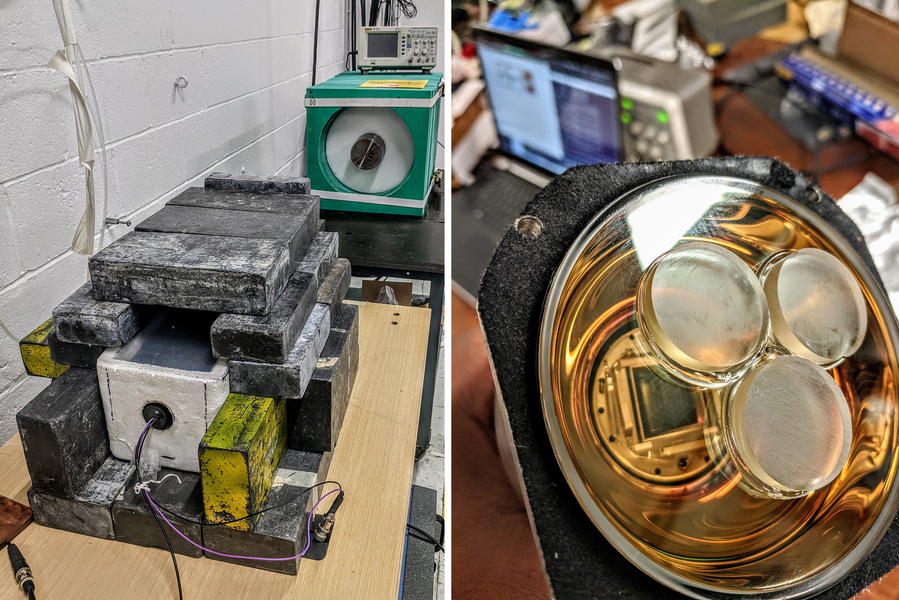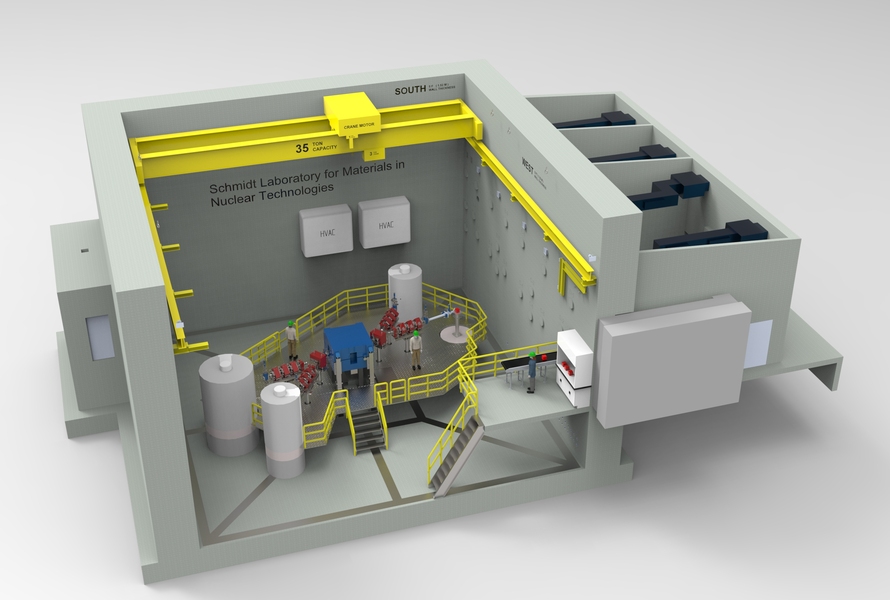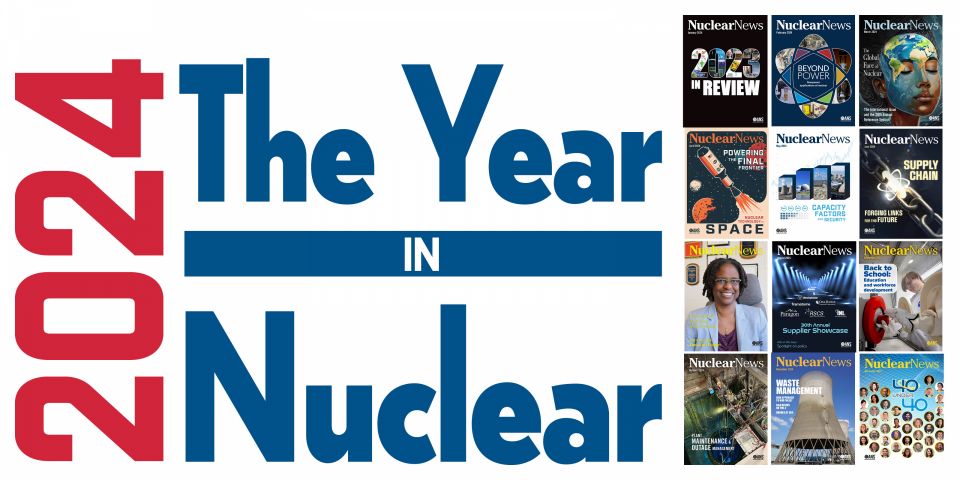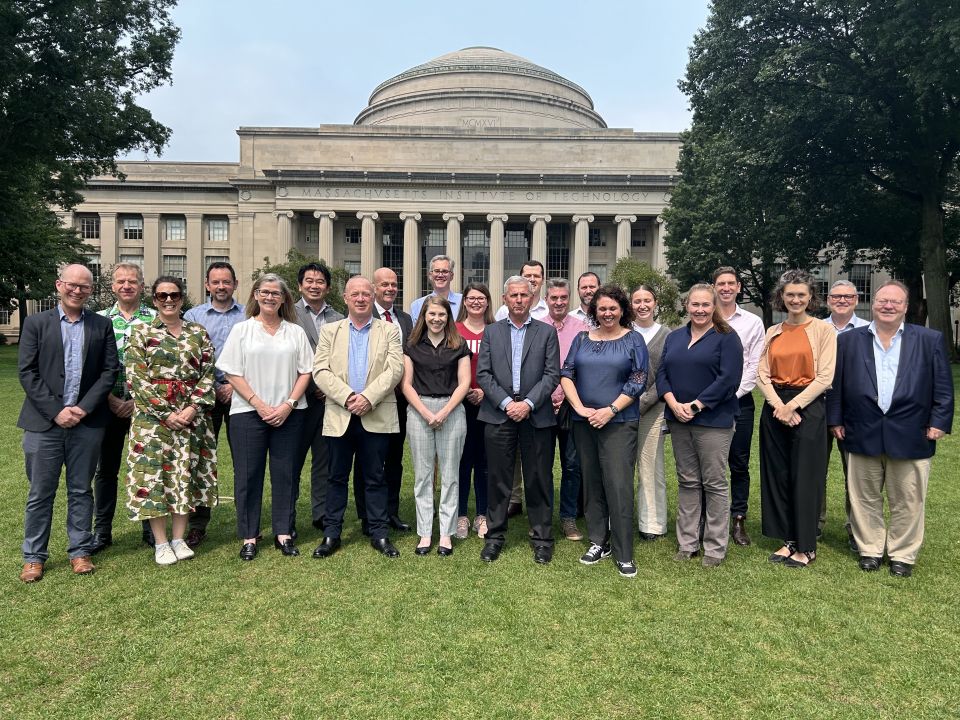MIT team adapts neutron resonance transmission analysis for portability

Neutron resonance transmission analysis (NRTA) was developed by researchers at Los Alamos National Laboratory to identify unknown materials inside a sealed object using a beam of neutrons from a laboratory-scale apparatus. Recognizing that the potential nuclear security applications of NRTA were limited by the size and location of the apparatus, Areg Danagoulian, an associate professor in the Massachusetts Institute of Technology’s Department of Nuclear Science and Engineering, began about five years ago to consider how NRTA could be made portable to examine materials on location.







